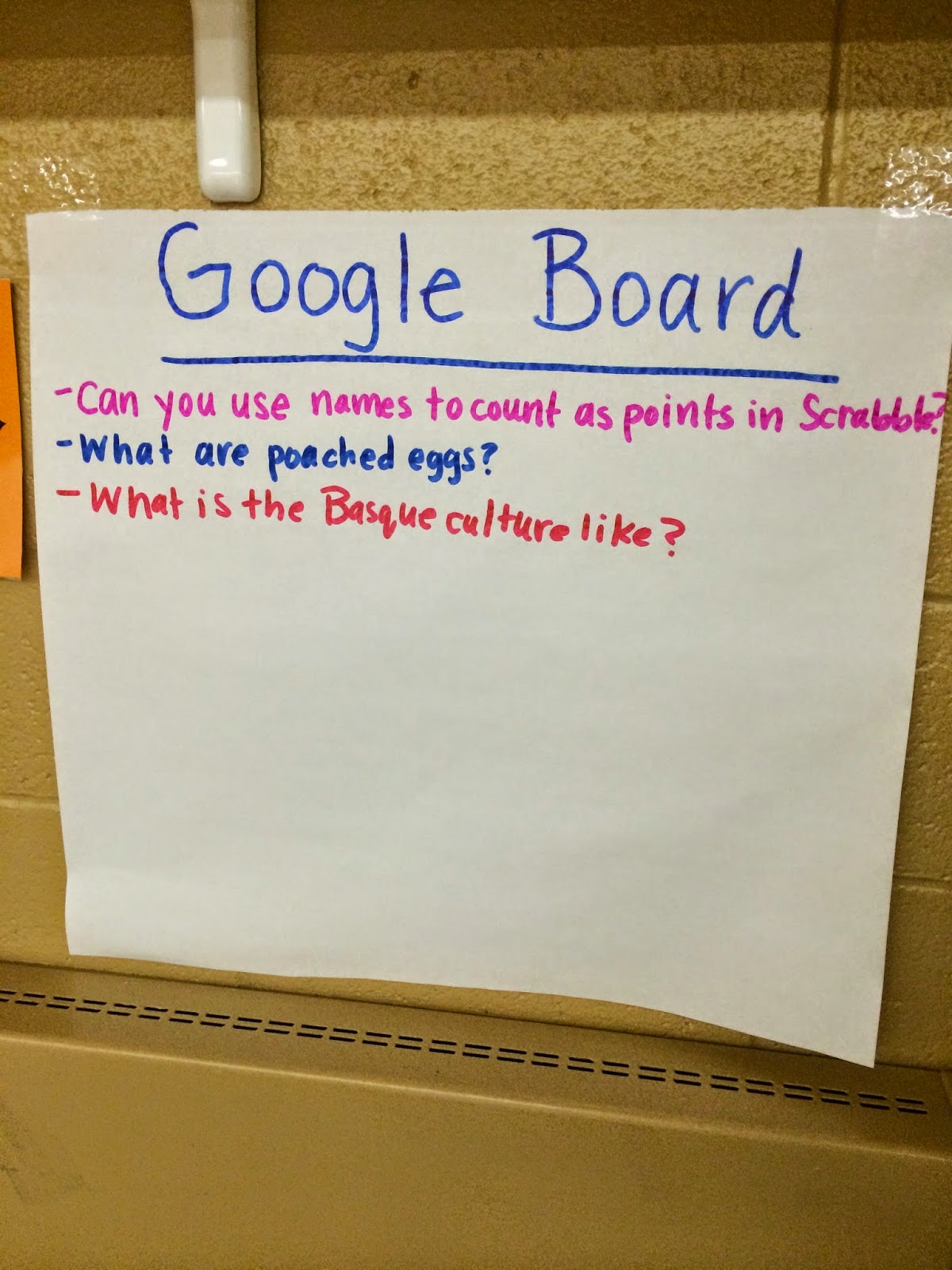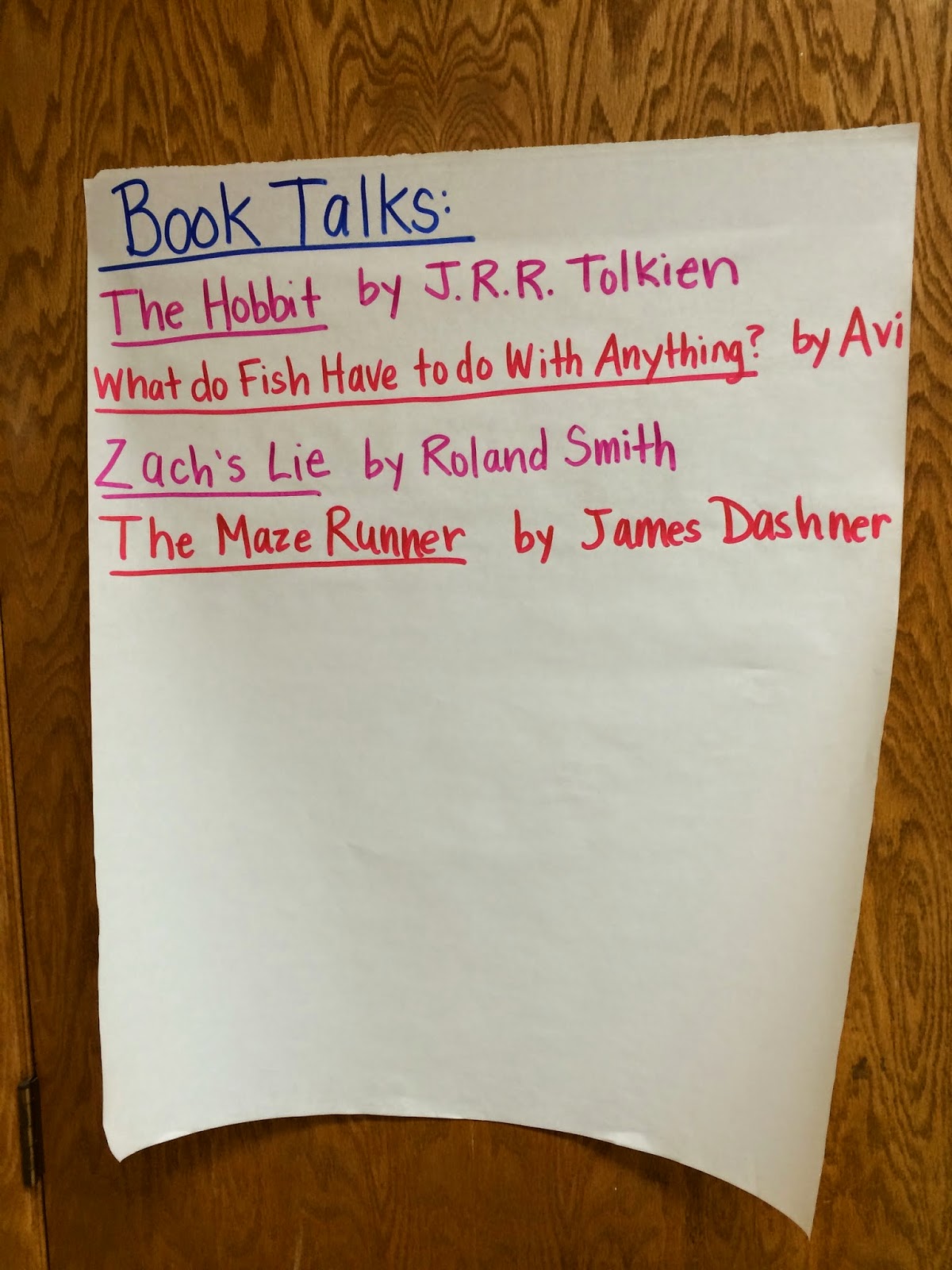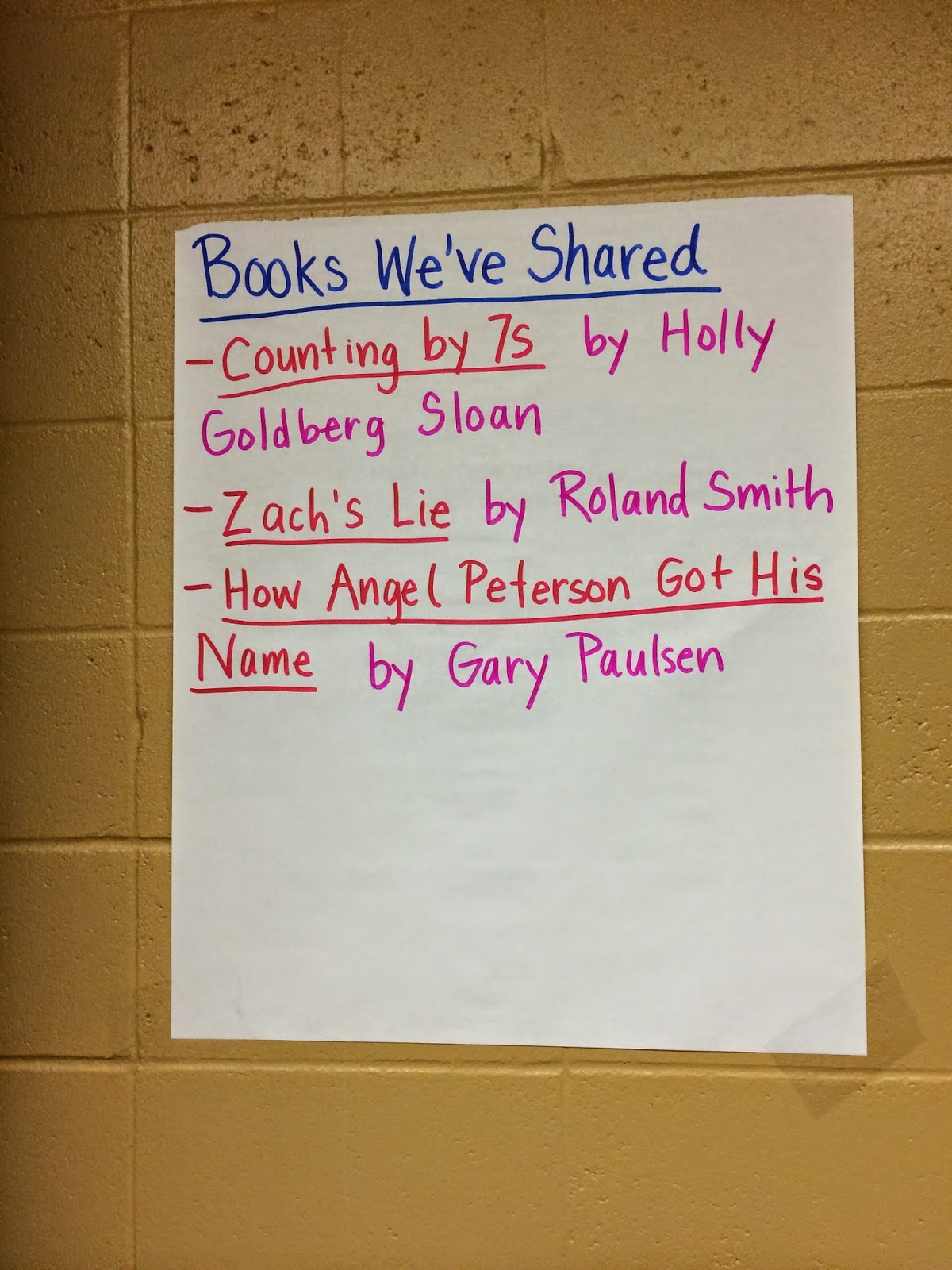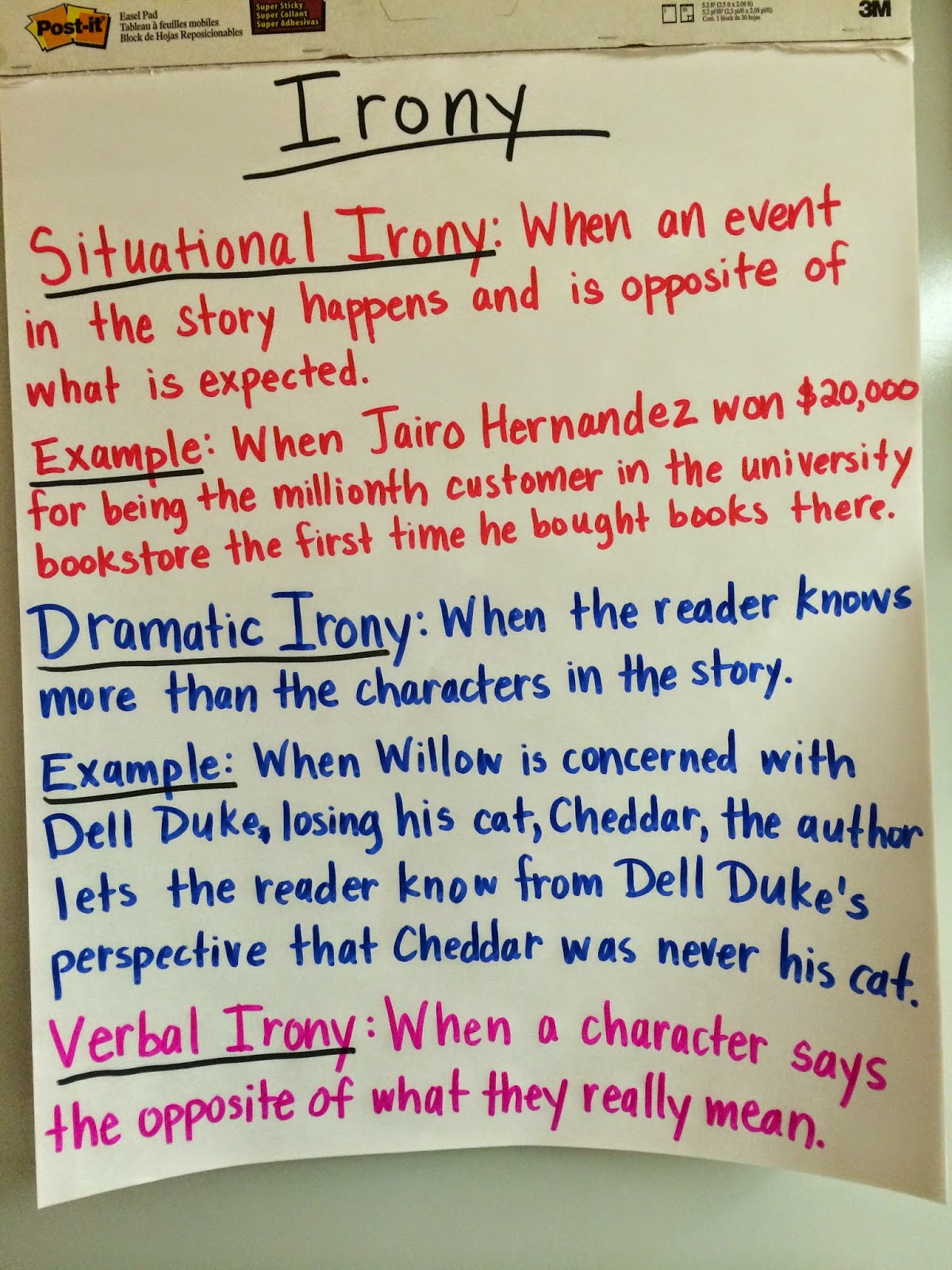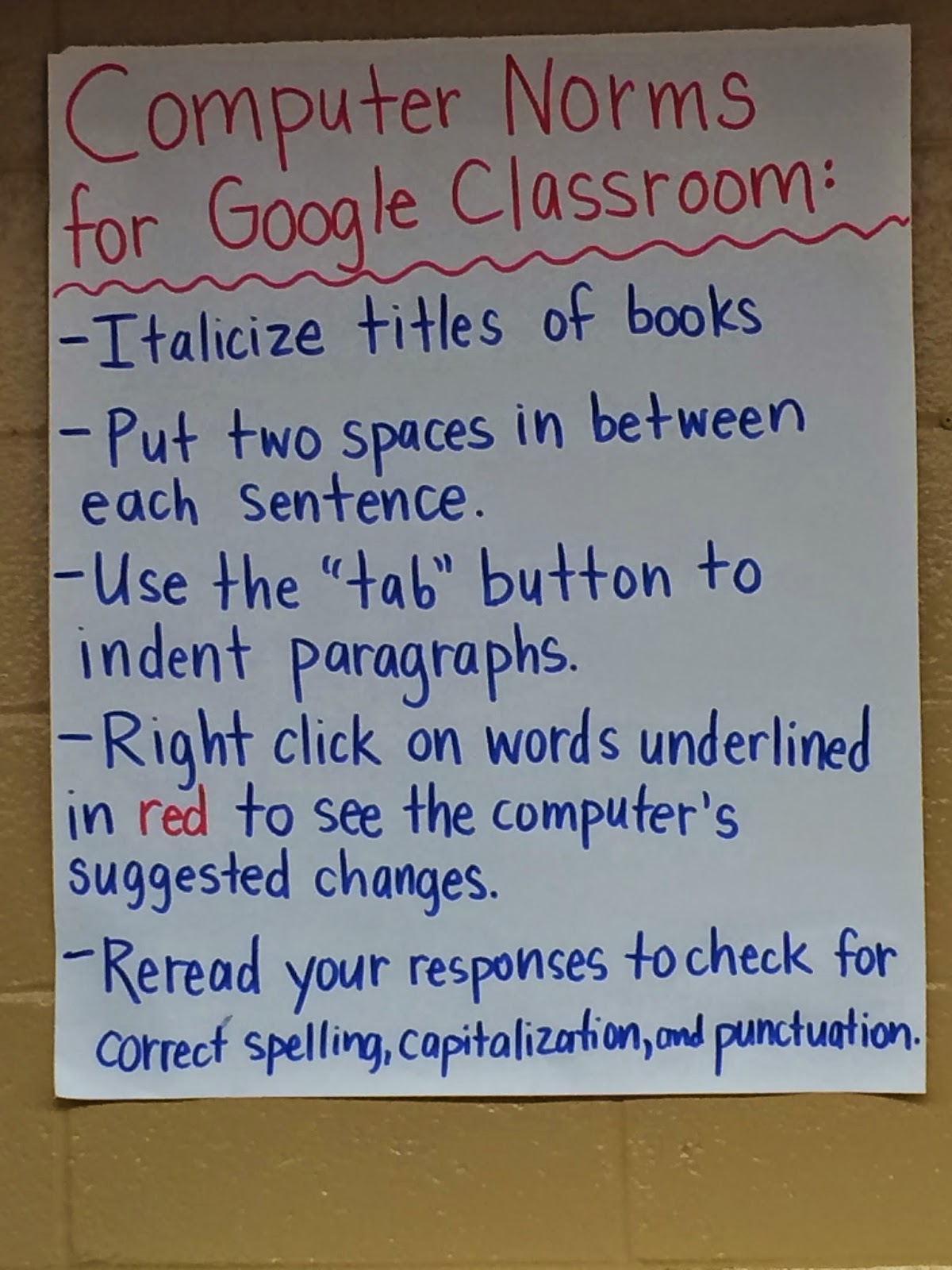My classroom does not contain signs that I’ve purchased from commercialized companies. The walls of my classroom tell a story. They show what my students have learned so far this school year. They are looked at and used by my students on a daily basis because they are a reflection of their journey, not the result of a haphazard $50 online purchase of pretty looking posters so that the parents that come to open house at the beginning of the school year think my classroom looks nice.
If anchor charts tell a story, here are a few from our journeys in 6th grade Language Arts this school year.
A realization I have come to from trying out sixth grade after teaching eighth grade last year is that sixth graders ask A LOT of questions. Many of these questions, I do not know the answer to. This is where I turn to my handy dandy “Google Board.” Many of our questions come from things we’re still wondering about while reading. The best part about a Google Board? On the days when I mistime the end of class and am left with a few extra minutes, this makes for the perfect class activity.
We use anchor charts to document “Book Talks” that have been given this school year to trigger ideas for independent reading time. We also track “Books We’ve Shared” during interactive read aloud.
My co-worker and grade level LA teammate, Kelly, came up with this awesome idea. For literature circles, students bring discussion points to drive the small group discussion. As you can probably imagine, some of these discussion points cause better discussion than others. This is where the “Hall of Fame Discussion Points” come in. Students who prepare awesome discussion points get to put them on the anchor chart after the group’s discussion. This serves as a great model for other students to aim for when creating discussion points of their own.
In order for students to understand their reading, they must understand the words they read. Here is a list that my students came up with of ideas to use when they do not understand a word in their reading.
During interactive edits, we have been discussing reasons authors use commas. Here is an anchor chart that explains one of the reasons. I am always amazed at how students take on the terminology and can teach each other and explain why authors use commas. I’m such a huge fan of interactive edits for this reason.
Sometimes anchor charts are simply reminders and a place to reference like this one which details different types of punctuation and how to spell each type.
“Ms. Kiehl, I don’t know what to write about,” [insert slightly whiny voice]. Avoid this question and make this anchor chart.
When we read Counting by 7s during our first interactive read aloud of the school year, the point of view created a lot of dramatic irony. It was nice to talk about a more difficult literacy concept through an interactive read aloud with the whole class. I am now seeing many students apply what they know about irony to the independent and guided reading books.
Anchor charts can also be a way to set routines and expectations for different class contexts. My students are using Google Classroom this year to submit a weekly “Writing about Reading” and “On Demand Writing.” I can’t wait to tell you more about this at a later time, but here is the anchor chart that sets the expectations for Google Classroom use.
We are also working on what paragraphs contain. Part of developing high expectations involves having clear expectations for students.
So there you have it. A story of our sixth grade LA classroom through anchor charts on the four walls inside of it. I would love to hear what you think about the anchor charts below or for you to share pictures of anchor charts in your classrooms!




